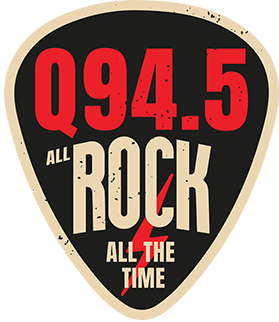The Legacy of the Kiss Alive Album: A Turning Point in Rock Music History
Released on September 10, 1975, the Kiss Alive album marked a significant moment in rock music history. As the band’s first concert release, it propelled Kiss into the spotlight, showcasing their explosive energy and performance art. The album shot up to No. 9 on the Billboard charts, a breakthrough for a band struggling to establish itself during its early years.
Behind the Scenes: The Studio Magic of Kiss
The Kiss Alive album is often remembered for its electrifying renditions of fan-favorite tracks, but it’s essential to explore the creative process behind this iconic recording. Producer Eddie Kramer admitted that substantial studio magic went into producing the album. “We had to create that album from the live shows with overdubbed guitar,” he stated, highlighting how the band’s energetic performances sometimes led to less-than-perfect live recordings.
This technique of using band overdubs was not common in live albums of the day, raising questions about authenticity. Many fans remain divided over whether the essence of a live performance was captured or if the album was merely a polished version of their concerts. Such controversies underline a notable aspect of rock music history: the tension between raw live energy and the refinement that often accompanies recording in the studio.
Peter Criss and the Unique Sound of Kiss
Interestingly, during the recording of the Kiss Alive album, only drummer Peter Criss retained his original drum tracks without any overdubs, which gives a raw authenticity to his performance. Unlike his bandmates, who had to return to the studio for corrections, Criss’s work was deemed satisfactory, adding an interesting layer to the established narrative of live albums.
The Reception and Impact of the Album
The impact of the Kiss Alive album was monumental, not only facilitating Kiss’s rise to fame but also setting the stage for a series of platinum recordings throughout the late ’70s. The album’s explosive energy was a refreshing departure from the polished sounds of studio albums, attracting fans who craved authenticity in a retroactive celebration of the live concert experience.
<pHowever, some critics suggested that elements of the live audience sound were constructed with the involvement of studio magic, making them sound less genuine. The Rolling Stone Album Guide pointed out that certain crowd noises felt “fake-sounding.” Despite these criticisms, the album is often heralded as one of the greatest live albums ever recorded, illustrating the paradox of artistry in rock music.
Conclusion: A Lasting Legacy
Ultimately, the Kiss Alive album encapsulated a moment in history where the lines between authenticity and perfection blurred. It laid the groundwork for future generations of rock musicians to explore live recordings’ spirit while still embracing technological advancements in music production. Whether listeners appreciate the live aspect, the studio work, or the myths surrounding the album, there’s no denying its place in the annals of rock music history.
Related Reading
- Kiss
- Alive!
- rock music
- album releases
- music production
- studio overdubs
- 70s rock
- concert recordings
- platinum albums
- music controversies






